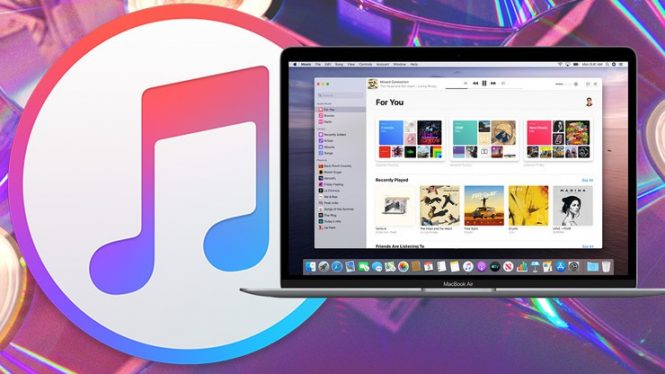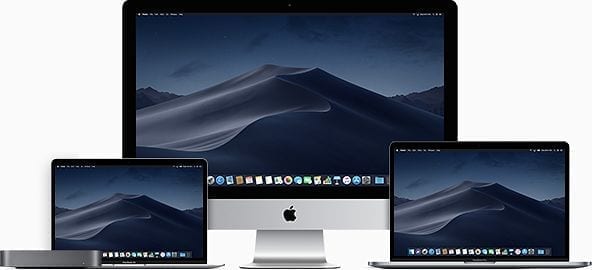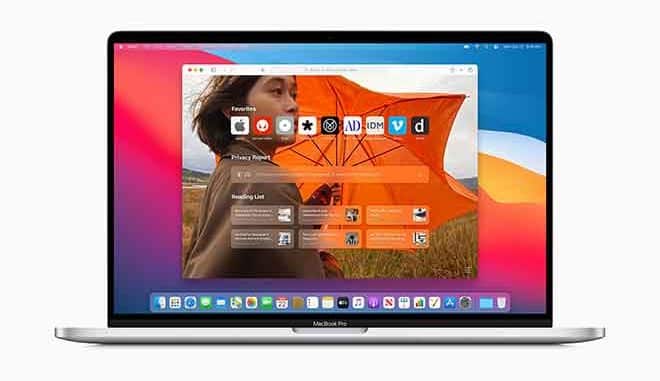Utilizing iCloud Drive, your Mac can match up the information in your Desktop and Documents organizers between the entirety of your Apple gadgets. It’s convenient. However, it occupies iCloud extra space and may have protection suggestions. On the off chance that you’ve recently empowered this component, here’s the way to turn it off.
To disable this feature, you’ll need to visit System Preferences. On your Mac, click the Apple symbol in the upper left corner of the screen and pick “System Preferences” from the menu that shows up.

In System Preferences, click “Apple ID.”

In the “Applications on this Mac using iCloud” list, find “iCloud Drive” and click the “Options” button close to it.

In the “Documents” tab, uncheck “Work area and Documents Folders” to impair synchronizing the content of your Desktop and Documents folders over iCloud.

In the little spring up window that shows up, click “Turn Off.”

Click the “Done” button to save your settings. You would now be able to close the System Preferences window.

From that point forward, you’ll see another spring up window advising you that iCloud will not erase or naturally move the content of your Documents and Desktop folder in iCloud. Instead, you’ll have to either physically move the documents back to your Mac or erase them yourself, contingent upon your inclination.
Select “Show in Finder” to see the Documents and Desktop organizers put away in iCloud Drive.

In the event that you need to move the iCloud information back to your local Mac, you can do this effectively by utilizing a basic drag motion. First, open both of the Desktop or Documents folders in iCloud and utilize the Command+A keyboard shortcut route to choose all information. At that point, drag the chose things to the “Desktop” or “Documents” folders in the sidebar.
(In the event that you utilize the traditional copy-and-paste keyboard shortcuts, you’ll need to return to the iCloud Drive organizer to erase the documents after you’ve replicated them over.)

iCloud Drive will ask you if you’re certain that you need to eliminate the information from iCloud Drive (The information will no longer be accessible on different gadgets.). In the event that that is OK, click the “Move” button.

When all the information is moved back to your local Mac (and you’re certain that you have everything), you can erase the Desktop and Documents folders from the iCloud Drive. However, make certain to double-check that you’ve replicated all that you require first.
How to Reenable Desktop and Documents Sync Later
In the event that you adjust your perspective and need to reenable this component sometime in the future, go to System Preferences > Apple ID and select the “Options” button alongside “iCloud Drive” in the list. Next, spot a checkmark close to the “Desktop and Documents Folders” choice.
macOS additionally reminds you about this feature during the arrangement interaction, so you can reenable this component the following time you update your macOS programming.

At the point when you empower this on another computer, macOS will make another sub-folder in your iCloud Drive with the name of your present PC, which will make things simpler to follow.







